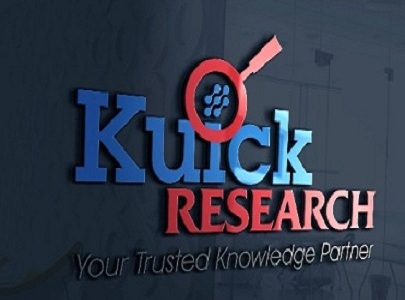
US Orphan Drugs Market, Drugs Sales, Price, Dosage and Clinical Trials Insight 2028 Report Highlights:
Considering the increasing burden of patients suffering from rare and orphan diseases, the US FDA has taken several steps to increase the interest of the research and pharmaceutical companies to these forgotten diseases. One of the fundamental actions taken by the FDA is the assignment of the orphan drug designation, which gives developers benefits in the course of the research and development, clinical assessment and marketing of the drug. The orphan drug designation has been granted to over 6500 drugs and compounds, and around 100 of these have received regulatory approvals. Therefore, though the number is less, these drugs have been essential for improving the treatment outcomes of patients suffering from rare orphan diseases. Taking into account the continued success of several drugs in the US pharmaceutical market, it is evident these therapeutic products are faring well in spite of the small patient base, which makes it an interesting domain to explore.
Earlier rare diseases were neglected due to low profitability feasibility, but enactment of FDA’s Orphan Drug Act 1983, succeeding regulatory reforms, government funding support and extensive research by pharmaceutical companies led to exponential growth in the US orphan drugs market. These favorable parameters resulted in more than 1000 orphan designated drugs in clinical trials and more than 400 orphan designated drugs being commercially available in the market. This number is further expected to surpass 500 orphan designated drugs in market by 2028 driven by increasing focus of pharmaceutical companies on rare diseases. The US orphan drugs market was valued around US$ 100 Billion in 2022, and is further expected to surpass US$ 180 Billion by 2028, making it one of the highest revenue-generating segments of the global orphan-designated drugs market.
Many drugs that were given the orphan designation for rare indications have already gained US FDA approval for a different, non-orphan indication. Observation studies, anecdotal evidence, or unexpected clinical results from clinical trials involving patients with unrelated indications are what lead researchers to the conclusion that the same drug may also be utilized for a rare indication. As a result, it frequently happens that pharmaceutical companies are unaware of the potential of their products as therapeutic treatments for rare diseases. On the plus side, completing clinical trials for uncommon diseases, and subsequently being given the orphan drug designation, can aid in growing the patient base for the company and the drug, which will later boost revenues.
For instance, Eylea, which was initially approved in 2011 for the treatment of wet age-related macular degeneration, was given its first orphan drug designation for the treatment of retinopathy of prematurity in February 2023, and was immediately approved for the same indication. Eight approvals for Eylea have been received since 2011 before this recent new approval, which supports the fact that many pharmaceutical companies are unable to foresee the potential of their products in orphan indications. This only emphasizes the importance of conducting clinical trials for orphan indications that have underlying characteristics similar to more prevalent diseases.
It has been observed that the majority of orphan drugs were developed by modest-scale biotechnology firms and then acquired by prominent pharmaceutical companies. When it comes to exploring understudied diseases and disorders, smaller biotechnology companies have some distinct benefits. Their founders often have better knowledge and experience conducting research and developing medicines for rare diseases. Additionally, these companies do not have the complex bureaucracy found in larger companies, which simplifies decision-making. In addition, they stand to lose less money if the project does not work out. Therefore, if their therapeutics are successful, the majority of these small biotechnology companies are bought by larger ones, greatly enhancing their credibility in the orphan drug market. On the same vein, larger companies are also known to purchase orphan drug candidates in exchange for royalties and milestone payments.
For instance, Amgen and Horizon Therapeutics reached a deal in December 2022 for Amgen to buy the company and add Horizon’s orphan drugs Actimmune, Ravicti, Tepezza, and Uplizna to its pipeline. Although the deal has not yet been finalized, it presents Amgen with the chance to expand its assembly of orphan drugs for rare diseases.
In the past couple years, number of clinical candidates receiving the orphan drug designation have increased drastically, which can be attributed to the benefits offered by the FDA. Temferon, RAG-17, INB-400, Batiraxcept and ZYIL1 are only a few candidates that received the orphan drug designation in 2023 for a variety of rare diseases. It is expected that as more companies understand the unmet needs of patients suffering from rare diseases, more drug candidates for these indications will enter the pipeline. The US currently leads the sale and development of orphan drugs due to the existence of numerous companies dedicated to treating rare diseases, favorable government regulations, such as Medicare/Medicaid reimbursements, and the extensive network of patient advocacy groups that work to support those with rare diseases.